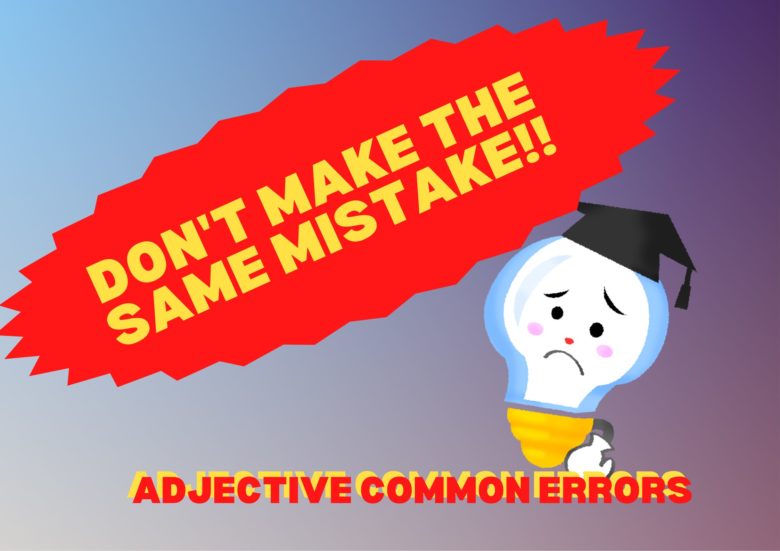みなさん、こんにちは!This article will discuss how we can incorporate inclusive language in our daily language!
Words often have traditional gender associations, but the evolution of language embraces gender-neutral and inclusive terminology.
This article will explore some examples and will show how you can replace words that were traditionally associated with specific gender with gender-neutral counterparts.
スチュワーデス (suchuwādesu / stewardess)
In the past, the term “スチュワーデス” (suchuwādesu) was commonly used to refer to female flight attendants. However, as the industry has progressed, it has become outdated and no longer aligns with the diverse nature of flight attendants. Today, inclusive terms like “客室乗務員” (きゃくしつじょうむいん, kyakushitsu jōmu in), “キャビンアテンダント” (kyabun attendanto), or “シーエー” (shii ē) are preferred alternatives. These gender-neutral words can be used to refer to both male and female flight attendants, reflecting the inclusive nature of the profession.

看護婦 (かんごふ kangofu / nurse)
In the Japanese term “看護婦” (かんごふ, kangofu), the kanji character “婦” (ふ, fu) denotes ‘female,’ limiting the scope of the term to only refer to female nurses. However, language has evolved, and a more inclusive and gender-neutral term has emerged: “看護師” (かんごし, kangoshi).


保母 (ほぼ hobo / nursery school teacher)
The term “保母” (ほぼ, hobo) in Japanese traditionally referred to a female nursery school teacher. The kanji character “母” (ぼ, bo) implies ‘mother,’ reflecting the perception that this role was exclusively for females. However, as societal norms progress, it is now more preferable to use a gender-neutral alternative: “保育士” (ほいくし, hoikushi).
主人 (しゅじん shujin / husband)
The term “主人” (しゅじん, shujin) is commonly used to refer to a ‘husband.’ However, when we delve into its origin, it raises questions and encourages us to seek alternatives.
The kanji character “主” represents the notion of being a ‘head’ or ‘master’ (of a household, state, country, etc.), and “主人” translates to ‘master’ or ‘owner.’ In pre-modern Japan, there often existed a hierarchical relationship within couples, where the wife was subservient to the husband.
Today, to foster a more egalitarian view, it is preferable to use the term “夫” (おっと, otto) to refer to one’s own husband. When referring to someone else’s husband, alternatives such as “パートナーの方” (パートナーのかた, pātonā no kata) or “お連れ合いの方” (おつれあいのかた, otsureai no kata) are more suitable.
奥さん (おくさん okusan), 奥様 (おくさま okusama), 家内 (かない kanai)
Terms like “奥さん” (おくさん, okusan), “奥様” (おくさま, okusama), and “家内” (かない, kanai) are commonly used to refer to ‘one’s wife.’ However, their origins lie in traditional notions of spousal relationships.
The kanji character “奥” (おく, oku) signifies the ‘interior’ or ‘back’ of a place. “奥さん” (おくさん, okusan) and “奥様” (おくさま, okusama) originally referred to ‘someone who stays in a room at the back,’ while “家内” (かない, kanai) meant ‘someone who stays at home.’
To promote inclusivity, it is preferable to avoid these terms when referring to someone else’s wife. Instead, alternatives such as “パートナーの方” (パートナーのかた, pātonā no kata) or “お連れ合いの方” (おつれあいのかた, otsureai no kata) are more suitable. Even when referring to your own wife, it is advisable to steer clear of “家内” (かない, kanai).
Summary
In conclusion, language plays a crucial role in shaping our perceptions and fostering inclusivity. By embracing gender-neutral and inclusive terminology, we can challenge traditional stereotypes and create a more equitable society. The examples we’ve explored in Japanese highlight the importance of evolving language to reflect the diverse roles and identities in various professions and relationships.
As we continue to navigate a changing world, let us strive for language that celebrates diversity, promotes equality, and empowers individuals. By using inclusive terms, we not only break free from outdated norms but also create a more welcoming and respectful environment for all.
Together, let’s champion language that reflects the principles of inclusivity, acceptance, and respect, as we build a brighter and more inclusive future for everyone.


Comments